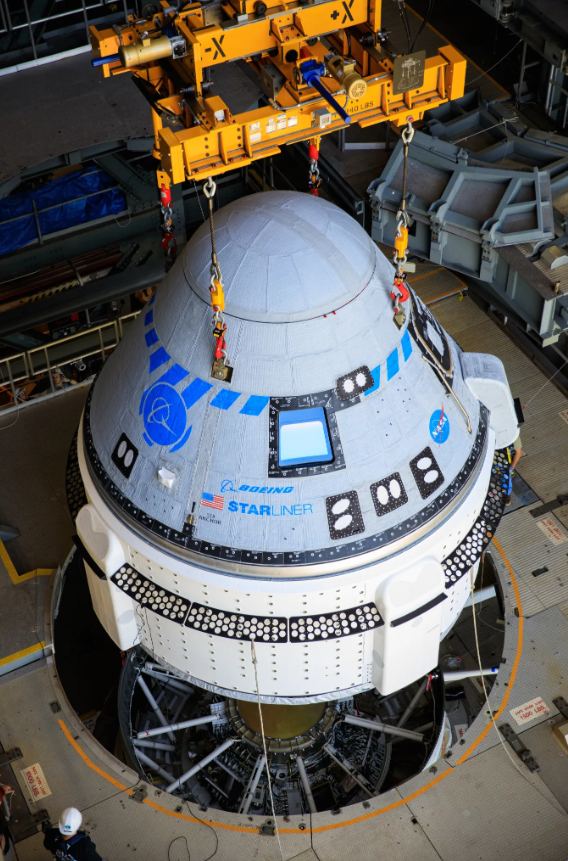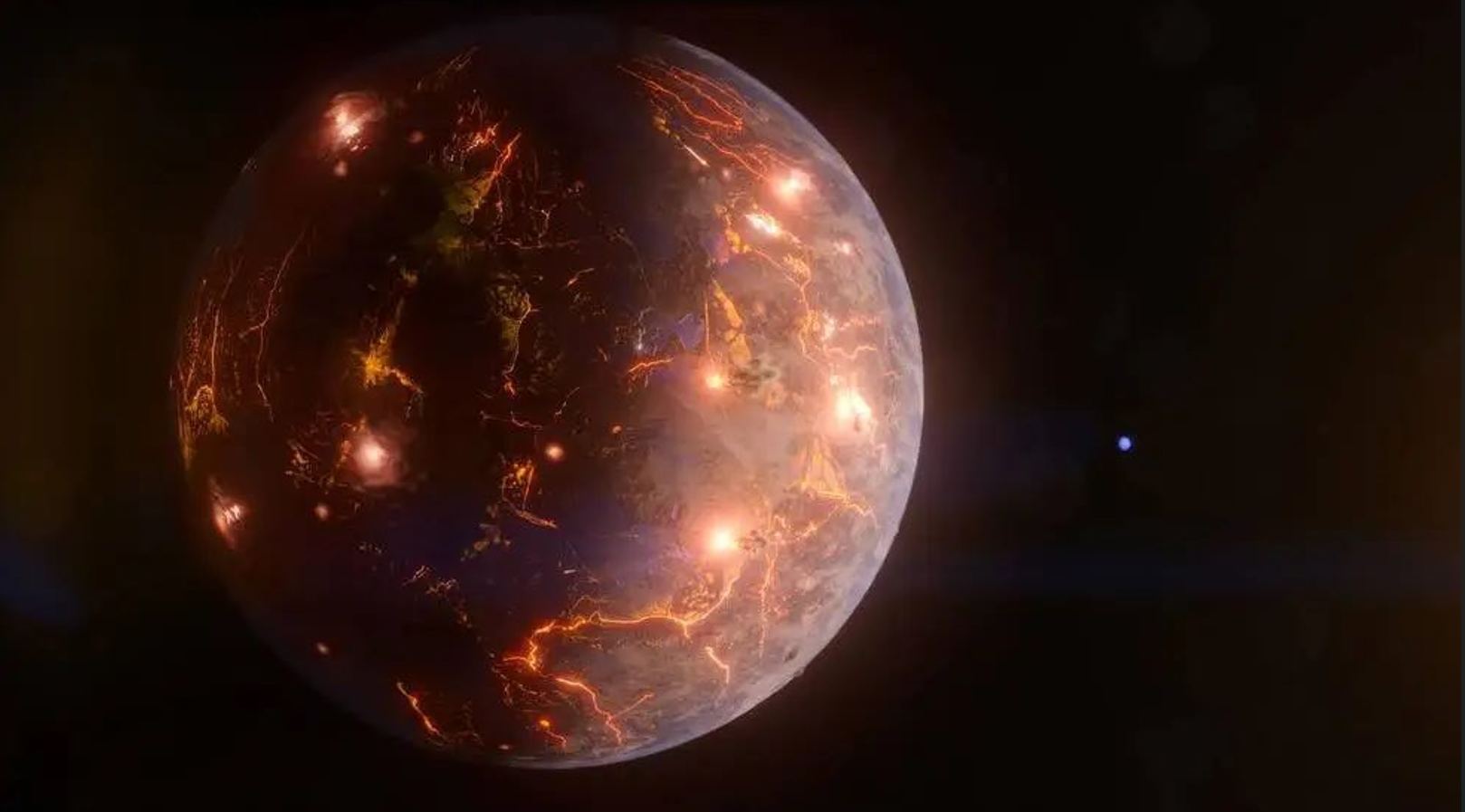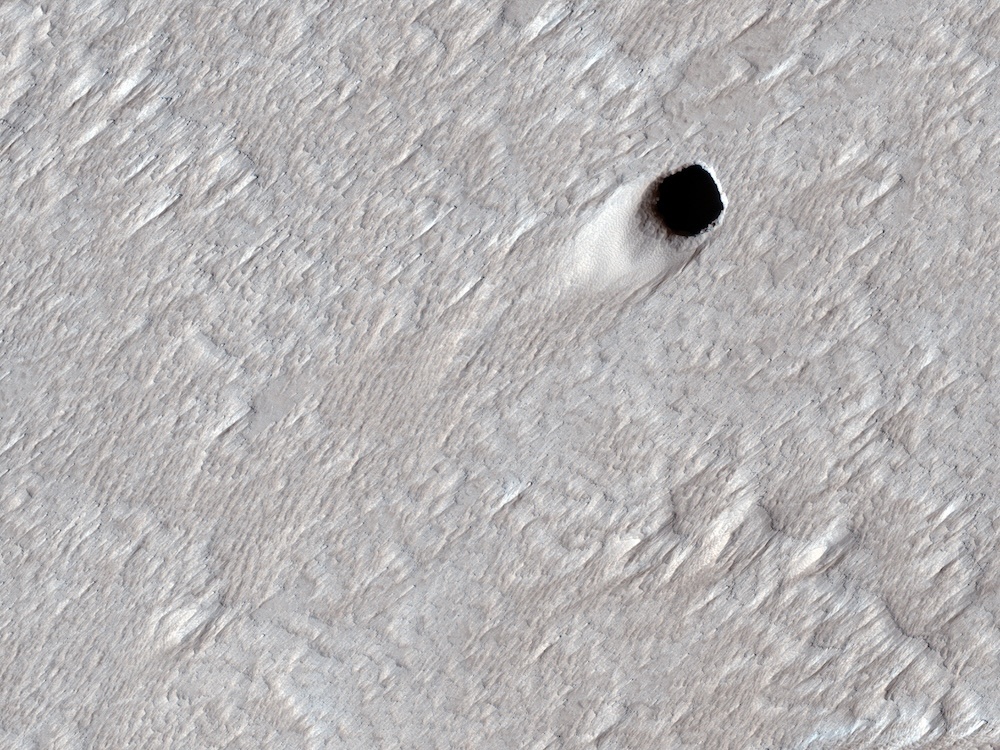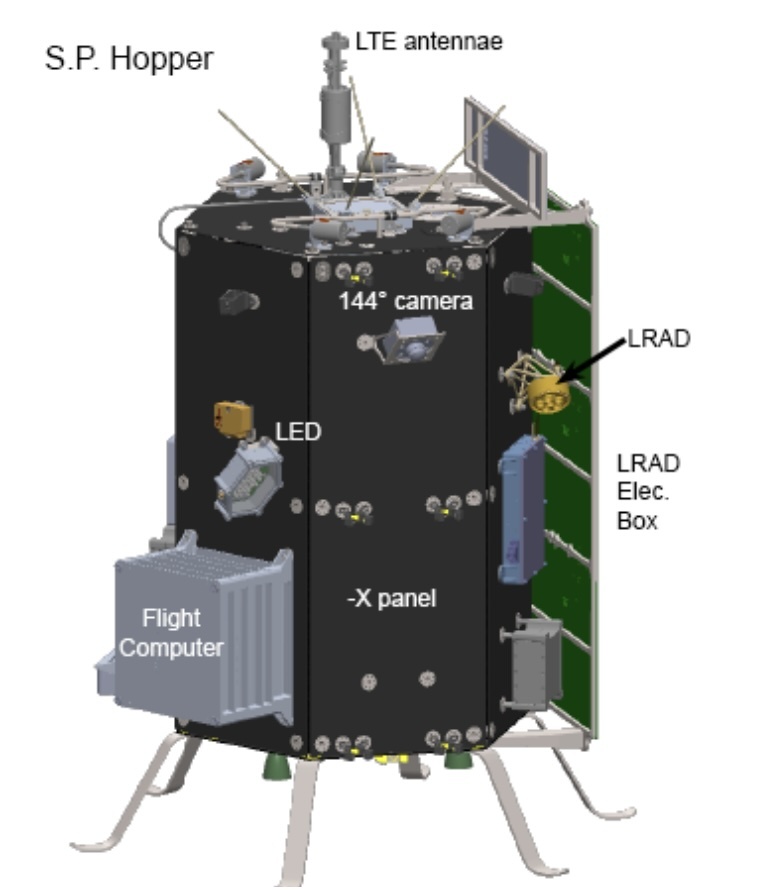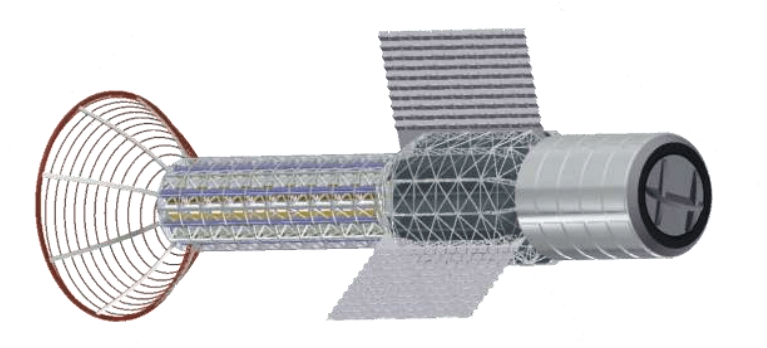Starliner, the new crewed capsule from Boeing, has been in the works for a long time. Originally unveiled in 2010, the capsule has been under development for the last 14 years, primarily utilizing NASA grants and contracts. However, Boeing itself has taken upwards of 1 billion dollars in hits to earnings as part of the craft’s development. After all that time in the prototype stages, Starliner is finally ready for its first crewed flight – which has now officially been scheduled for May 6th.
Continue reading “NASA Announces Starliner’s Next Launch Attempt: May 6”Could We Directly Observe Volcanoes on an Exoplanet?
After a few decades of simply finding exoplanets, humanity is starting to be able to do something more – peer into their atmospheres. The James Webb Space Telescope (JWST) has already started looking at the atmospheres of some larger exoplanets around brighter stars. But in many cases, scientists are still developing models that both explain what the planet’s atmosphere is made of and match the data. A new study from researchers at UC Riverside, NASA’s Goddard Spaceflight Center, American University, and the University of Maryland looks at what one particular atmospheric process might look like on an exoplanet – volcanism.
Continue reading “Could We Directly Observe Volcanoes on an Exoplanet?”Mapping Lava Tubes on the Moon and Mars from Space
Sometimes, all you need for a new discovery is some creative math. That was the case for a new paper by Edward Williams and Laurent Montési of the University of Maryland’s Department of Geology. They released a brief paper at the Lunar and Planetary Science Conference last month that describes a mathematical way to estimate the size of a lava tube using only remote sensing techniques.
Continue reading “Mapping Lava Tubes on the Moon and Mars from Space”A Robot Hopper to Explore the Moon’s Dangerous Terrain
Intuitive Machines recently had a major breakthrough, successfully becoming the first non-governmental entity to land on the Moon in February. At least the landing was partially successful – the company’s Odysseus lander ended up on its side, though its instruments and communication links remained at least partially functional. That mission, dubbed IM-1, was the first in a series of ambitious missions the company has planned. And they recently released a paper detailing features of a unique hopping robot that will hitch a ride on its next Moon mission.
Continue reading “A Robot Hopper to Explore the Moon’s Dangerous Terrain”Thermal Modeling of a Pulsed Plasma Rocket Shows It Should Be Possible To Create One
We’ve reported on a technology called pulsed plasma rockets (PPRs) here at UT a few times. Several research groups have worked on variations of them. They are so popular partly because of their extremely high specific impulse and thrust levels, and they seemingly solve the trade-off between those two all-important variables in space exploration propulsion systems. Essentially, they are an extremely efficient propulsion methodology that, if scaled up, would allow payloads to reach other planets in weeks rather than months or years. However, some inherent dangers still need to be worked out, and overcoming some of those dangers was the purpose of a NASA Institute for Advanced Concepts (NIAC) project back in 2020.
Continue reading “Thermal Modeling of a Pulsed Plasma Rocket Shows It Should Be Possible To Create One”Civilizations Could Time Their Communications Based on the Movement of a Single Star

The Search for Extraterrestrial Intelligence has been ongoing for decades at this point. Despite that, we have yet to find any rock-hard evidence of a signal from an alien civilization. When asked about this, experts point out just how little of the overall signal space we’ve analyzed. A signal could be coming from anywhere in the sky, at any frequency, and might not be continuous. Constraining the “search space” could help us find a signal faster, but what could we use to constrain it? It’s hard to think like an alien intelligence, let alone to mimic them.
Continue reading “Civilizations Could Time Their Communications Based on the Movement of a Single Star”This Black Hole is a Total Underachiever
Anyone can be an underachiever, even if you’re an astronomical singularity weighing over four billion times the mass of the Sun. At least the quasar H1821+643 doesn’t have parents to be disappointed in it. But its underachievement could shed light on how quasars, a potent type of black hole, can come to influence entire clusters of galaxies, as described in a new paper from researchers at the University of Nottingham and Harvard.
Continue reading “This Black Hole is a Total Underachiever”Astronomers Only Knew of a Single Binary Cepheid System. Now They Just Found Nine More

Measuring the distance to far away objects in space can be tricky. We don’t even know the precise distance to even our closest neighbors in the Universe – the Small and Large Magellanic Clouds. But, we’re starting to get to the tools to measure it. One type of tool is a Cepheid Variable – a type of star that varies its luminosity in a well-defined pattern. However, we don’t know much about their physical properties, making utilizing them as distance markers harder. Finding their physical properties would be easier if there were any Cepheid binaries that we could study, but astronomers have only found one pair so far. Until a recent paper from researchers from Europe, the US, and Chile shows measurements of 9 additional binary Cepheid systems – enough that we can start understanding the statistics of these useful distance markers.
Continue reading “Astronomers Only Knew of a Single Binary Cepheid System. Now They Just Found Nine More”One Impact on Mars Produced More than Two Billion Secondary Craters
There are plenty of craters on Mars, especially when compared to Earth. That is primarily thanks to the lack of weathering forces and strong plate tectonics that disrupt the formations of such impacts on our home planet. However, not all impact craters on Mars are directly caused by asteroid impacts. Many of them are caused by the ejecta from an asteroid impact falling back to the planet. One recent study showed how impactful this can be – it concludes that a single large impact crater on Mars created over two billion other smaller craters up to almost 2000 km away.
Continue reading “One Impact on Mars Produced More than Two Billion Secondary Craters”NASA is Working on Zero-Boil Off Tanks for Space Exploration
No matter what mode of transportation you take for a long trip, at some point, you’ll have to refuel. For cars, this could be a simple trip to a gas station, while planes, trains, and ships have more specialized refueling services at their depots or ports. However, for spacecraft, there is currently no refueling infrastructure whatsoever. And since the fuel spacecraft use must be stored cryogenically, and the tanks the fuel is stored in are constantly subjected to the thermal radiation from the Sun, keeping enough fuel in a tank for a trip to Mars with astronauts is currently infeasible. Luckily, NASA is currently working on it and recently released a detailed look at some of that work on a blog on their website.
Continue reading “NASA is Working on Zero-Boil Off Tanks for Space Exploration”
